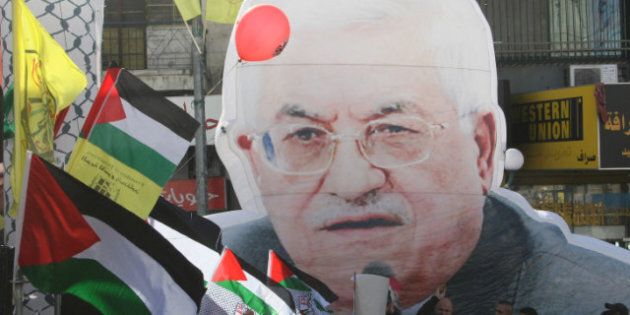
Jerusalem might just be one of the most contested pieces of land in the entire world -- covering merely 48.3 square miles (a little over 125 square kilometers) with a population of 763,800 residents. It is surrounded by the Mediterranean and Dead Sea and is a city that is both home and holy to Christians, Jews, and Muslims.
After spending last summer in Jerusalem, I quickly realized that everyone has a story to tell. The Israeli Youth speak passionately about a homeland and the necessity of serving in the army while the Palestinian shopkeeper recounts why he can no longer afford his rent. As Israeli families hold on to the memories of loved ones lost in suicide bomb attacks, in Old Jerusalem, Palestinian children are on the street, have dropped out of school, are afraid to lose their homes, and have at least one family member in jail for throwing stones. People in the Orthodox community are not sure whether their traditional values have a place in this ever changing society and Palestinians currently struggle with the idea that the official language of Israel will be Hebrew.
Journalists are everywhere and political talk is part of every day life in Jerusalem. The varying, and often contradictory, perspectives and narratives are endless, complex, and emotionally charged. It is clear that this conflict is not just between Palestinians and Israelis, but within each of the two communities as well. All sides speak with conviction and make compelling arguments, but it's rhetoric versus dialogue.
However, in the neighborhood of Pat in West Jerusalem there is a school with a different story to tell -- a story where Israelis and Arabs are working together and trying to understand each other. The school is called "Hand In Hand" and the summer camp is called "Project Harmony". Both have a clear mission: to provide a space for both Israeli and Arab students to coexist at school and at home.
I visited Project Harmony on numerous occasions during the month of July 2011. As I sat with the counselors, most of them American (and of various faiths), I began by asking them the most pressing question on my mind: How do you approach the Israeli-Palestinian conflict with the students? I was particularly keen on getting this question answered, since it is a conflict that many Canadian teachers shy away from discussing because it tends to stir controversy.
I am told that the conversations here usually start organically because, after all, the campers were born into the conflict. Sometimes it is in the yard, when an Arab child claims that she prefers to speak Hebrew instead of Arabic. This infuriates some of her Arab friends who feel that she is not staying true to her roots. Other times the conversation can happen in a more structured environment, for example when students are tasked to create an identity map in which every child must write something down that represents his or her identity. Many of the Jewish students were surprised when one of their peers drew a picture of a Palestinian map with the slogan, "Free Palestine." This student later explains that she whole-heartedly believes and knows that a free Palestine can only exist alongside an Israeli state. But Palestinians deserve to have equal rights and a life without checkpoints, curfews, and house demolitions. These types of activities allow for dialogue and for different perspectives and feelings to be shared, and narratives to be understood.
My second question was about the notion of trust. With over 60 years of failed peace treaties, losses on both sides, destruction of lives, and heartbreaking stories, how are the kids able to trust each other?
The camp runs many team-building activities where the campers work together to find solutions, not exclusive to the conflict. One example is "The Chair Trust," in which students have to stand on chairs and find a way to move themselves across the room without stepping on the ground. At first the campers argue but bit-by-bit, they start to share the chairs, work together and move themselves and the chairs to the other side. An activity like this promotes collaboration, listening, and teamwork.
With all of Jerusalem's complexities, it was extremely powerful to see this kind of interaction between Palestinian and Israeli youth -- the next generation -- who are working together, believing in each other, and trying to understand that within a conflict there are many different perspectives.
As an educator from Canada, I was reminded of my role when teaching or dealing with a conflict in class. If I want my students to become leaders of the world, to know how to listen and respect another point of view, I must then promote collaborative learning, and not be afraid to talk about difficult or controversial issues.
Most important, I must expose them to daily current events, provide opportunities to solve problems, and help students see another point of view and find solutions to different conflicts. The campers at Project Harmony reminded me of the importance of always showing the different "truths" of a conflict. Not only does their approach shed light on a conflict, it opens children's hearts and allows them to believe that a peaceful solution is possible.